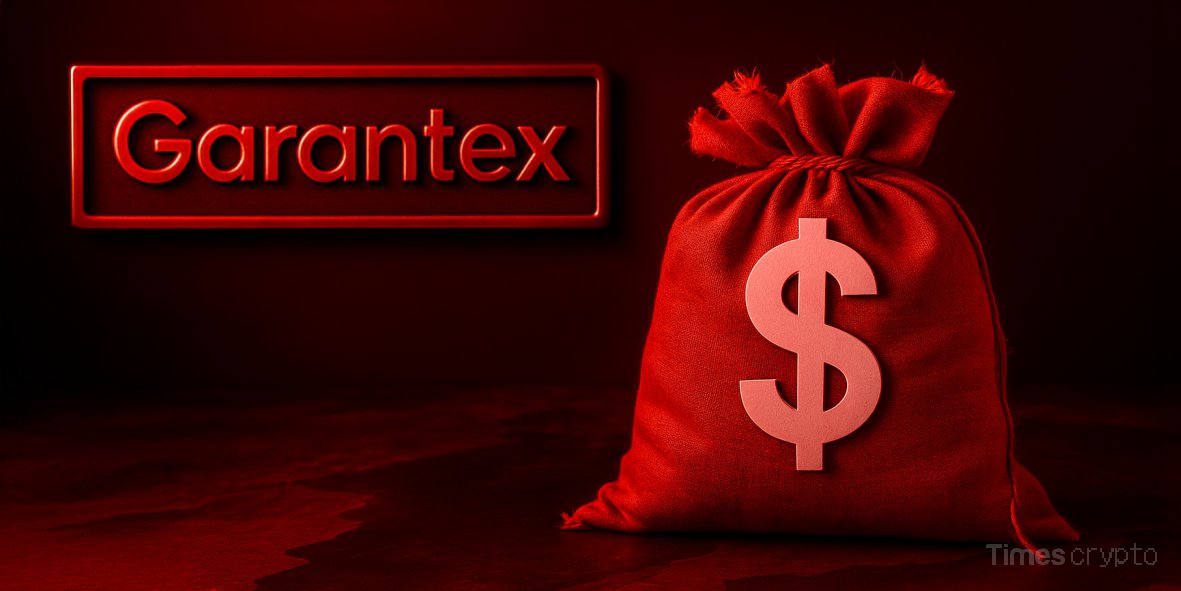Key Takeaways:
- The U.S. Treasury and State Department are offering a $6 million bounty for info on Garantex’s leaders, accusing the exchange of laundering more than $100M for cybercriminals.
- Grinex exchange, Garantex’s successor, and the A7A5 token (backed by sanctioned Russian banks) facilitated billions in transactions to bypass current sanctions.
- OFAC’s sanctions target executives, partner firms, and a Kyrgyzstani issuer behind the A7A5 stablecoin, aiming to disband Russia’s crypto evasion networks.
Table of Contents
The Crackdown: Garantex’s $96B Shadow Economy
The U.S. Treasury’s recent actions sound like the plot of a crypto crime fiction novel: The Department of the Treasury’s Office of Foreign Assets Control (OFAC) offering a bounty of $6 million on Garantex Europe OU (Garantex) co-owner Aleksandr Mira Sera, and other leaders; an announcement that the Treasury Department froze assets already; and an expansive set of sanctions on a ruble-backed stablecoin scheme.
Garantex, licensed as a virtual currency exchange in Estonia, became a nest for ransomware criminals like Conti or LockBit, processing over $96 billion in transactions, of which over $100 million were for operations related to darknet sales and other cybercriminal activities since 2019.
In March of this year, U.S. and European authorities seized Garantex’s domain and froze $26 million worth of crypto assets in the process. Garantex then simply changed its name to Grinex, and, just like a game of whack-a-mole, Grinex appeared and restored Garantex’s user base using the A7A5 token, a ruble-backed stablecoin backed by the Russian sanctioned bank Promsvyazbank (PSB), and Ilan Shor, a Moldovan oligarch.
The A7A5 Token: Russia’s Sanctions Loophole
For Occidente, the A7A5 token is not just a traditional stablecoin; it is more like a financial weapon. Issued by Kyrgyz firm Old Vector, the A7A5 token allowed users of Garantex to recover appropriated funds after seizures, processing an impressive $1 billion per day by mid-2025. Analysts called A7A5 a “crypto-native SWIFT alternative” to quickly move money beyond the Traditional Banking Infrastructure’s control.
As if that wasn’t punishment enough, the OFAC has now sanctioned A7 LLC (the A7A5 token’s Russian operator) and its subsidiaries to disrupt this shadowy payment rail. However, now that the A7A5 network has a cumulative volume of $51 billion, we can see how crypto has been weaponized by geopolitical conflicts.
Implications for the Crypto Space
- Reputational Risk: Legitimate crypto companies suffer collateral damage because regulators compare being anonymous with being a criminal.
- Stablecoin Watch: The A7A5 saga may accelerate greater global inspections over privately issued stablecoins.
- Enforcement Trend: In the U.S., crypto sanctions have become a priority agenda item, as noted by actions taken against SUEX, Chatex, and others in recent years.
“Digital assets play a crucial role in global innovation and economic development, and the United States will not tolerate abuse of this industry to support cybercrime and sanctions evasion. Exploiting cryptocurrency exchanges to launder money and facilitate ransomware attacks not only threatens our national security but also tarnishes the reputations of legitimate virtual asset service providers. By exposing these malicious actors, Treasury remains committed to and supportive of the digital asset industry’s integrity.” - John K. Hurley, Under Secretary of the Treasury for Terrorism and Financial IntelligenceA Hide-and-seek Game
Even though sanctions might slow down Garantex, the rise of Grinex and A7A5 shows how adaptable crypto is, for better or worse. As the U.S. cracks down with more regulations, the big question for the crypto industry is.
Final Thought: Can regulators actually keep up with innovation in the shadows? The answer might be a rotund NO. There’s a darker world ruled by governments, private agencies, political players, and even radical groups, creating entire disposable blockchains, instant token generation, and entire secret networks, then destroying any evidence in seconds, just to commit their atrocities. This is something you may never read elsewhere.
What is the A7A5 token?
It’s a ruble-backed stablecoin created by sanctioned Russian entities to avoid financial restrictions, processing billions in daily transactions.
Why is Grinex sanctioned if Garantex was shut down?
Grinex is Garantex’s rebranded successor, designed to continue its operations after U.S. seizures.
How does this affect everyday crypto users?
Increased inspections may lead to stricter Know-Your-Customer (KYC) rules on exchanges, but legitimate users face no direct impact, unless they’re holding A7A5 tokens.
For more crypto-related crimes, read: Shocking LuBian Bitcoin Hack: How $3.5B Vanished in Crypto’s Biggest Heist







